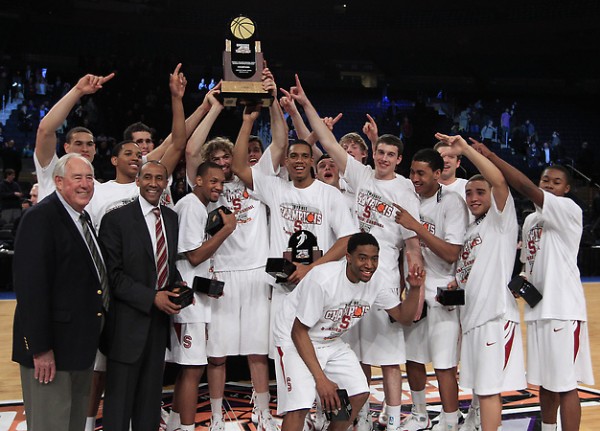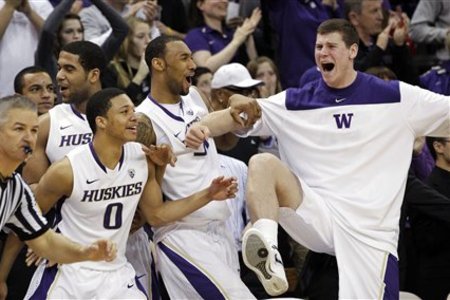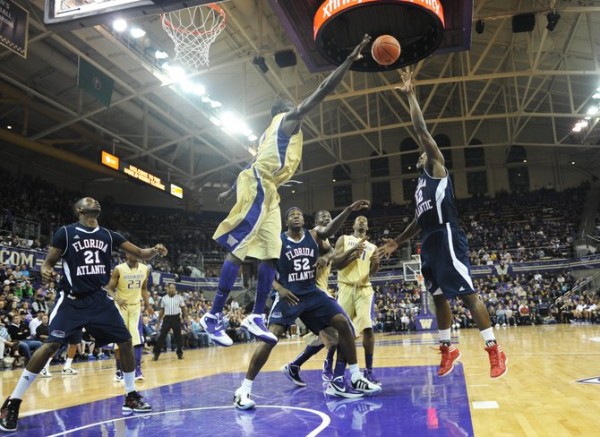Stanford: 2011-12 Post-Mortem
Posted by AMurawa on April 25th, 2012Over the course of the next two weeks, the Pac-12 Microsite will break down each team’s season: what went well, what didn’t, and a look ahead at the future. Today’s subject: Stanford.
What Went Right
The Cardinal dominated its non-conference schedule, winning 15 of their 17 games outside of the Pac-12. It wasn’t the toughest non-conference schedule in the world, but Johnny Dawkins’ team did wind up with a pair of wins against NCAA Tournament teams (Colorado State and North Carolina State) prior to their conference slate, then ripped through a field of also-rans in the NIT in March. All told, the Cardinal displayed a pretty drastic improvement on the defensive end of the court, finishing in the top 20 nationally in Ken Pomeroy’s adjusted defensive efficiency numbers. And for a team that relied heavily on underclassmen (five different freshmen and sophomores played at least 40% of the team’s total minutes), there should still be plenty of room to improve, especially on the offensive end, in the near future.
What Went Wrong
While all that youth should pay off next year, it was the undoing of the Cardinal during the conference season. After getting off to a 5-1 start in Pac-12 play, the Cardinal lost five of their next six and struggled mightily, especially on the offensive end. Between Martin Luther King Day and Valentine’s Day they scored just 0.92 points per possession, highlighted by sophomore Aaron Bright’s 22-of-70 shooting during that stretch, good for just a 37.9% eFG.
MVP
On a squad that was a model of a team effort (11 different players averaged at least eight minutes per game, with six different players averaging somewhere between five points and 13 points per night), it is hard to pick out just one player, but the Cardinal were clearly a team whose fates aligned closely with Bright’s performance. He averaged four more points per game, one more assist and shot the ball nearly 20% better from behind the arc in wins than in losses. When Bright was going good, he was a tough defender, a confident floor general, and a deadly three-point shooter who made opposing defenses pay for collapsing in on interior players like senior Josh Owens. While there is something to be said for Owens’ 11.6 points, 5.8 rebounds and 57.1% field goal percentage (not to mention freshman Chasson Randle’s team-leading 13.8 points per game), Bright was really the most important player on this team, as evidenced by his near-perfect run through the NIT when he averaged 16.8 points, 4.2 assists and shot a whopping 79.5% eFG.


















































